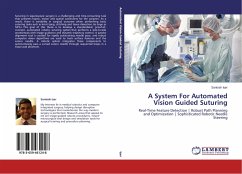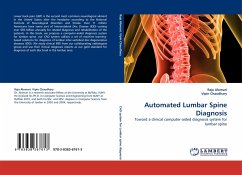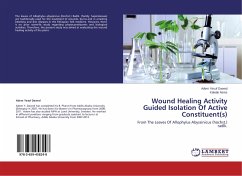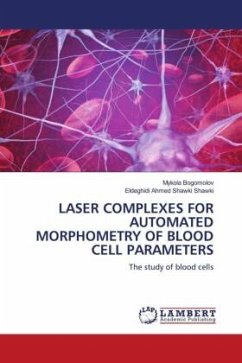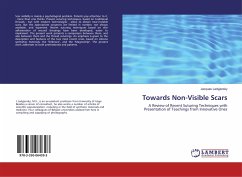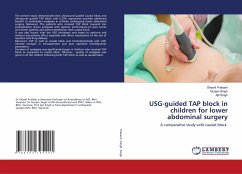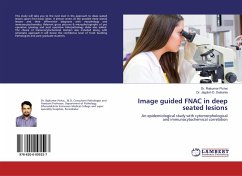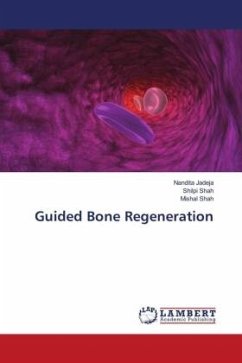Suturing in laparoscopic surgery is a challenging and time-consuming task that presents haptic, motor and spatial constraints for the surgeon. As a result, there is variability in surgical outcome when performing basic suturing tasks such as knot tying, stitching and tissue dissection (as large as 50%). This goal of this thesis is to develop a standardized, proof-of-concept, automated robotic suturing system that performs a side-to-side anastomosis with image guidance and dynamic trajectory control. A passive alignment tool is created for rigidly constraining needle pose, and robust computer vision algorithms are used to track surface features and the suture needle. A robotic system integrates these components to autonomously pass a curved suture needle through sequential loops in a tissue pad phantom.
Bitte wählen Sie Ihr Anliegen aus.
Rechnungen
Retourenschein anfordern
Bestellstatus
Storno

